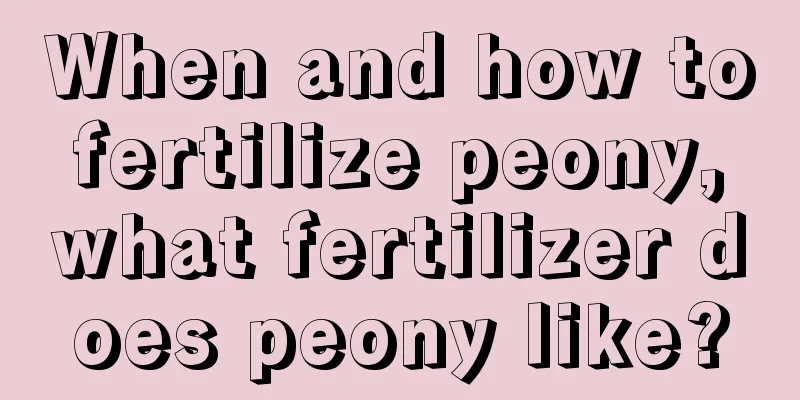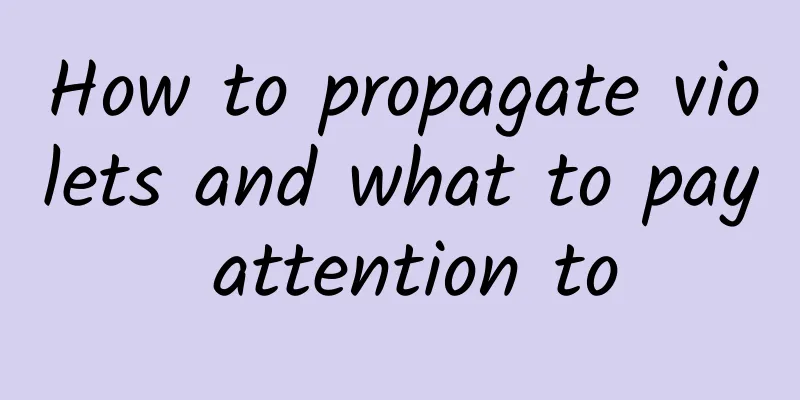Management methods and measures for wheat during wintering

|
When the temperature drops below 2°C, wheat will enter the wintering stage. Although many farmers believe that wheat has strong cold resistance, seedling death after winter is still common. This is because during the winter, wheat often encounters adverse climatic conditions such as low temperature and drought, coupled with scarce rain and snow and frequent cold winds. These factors may cause the growth of wheat seedlings to be hindered or even die. Let’s learn about the management measures for wheat during the wintering period. 1. Watering for wintering After wheat enters the wintering period, it is usually not recommended to water it again. The best time for watering is when the average daily temperature is 7-8℃ and the soil can freeze at night and melt during the day. If the temperature drops to 4-5℃, continuing watering may cause frost damage and affect wheat growth. Watering too late will cause the soil to freeze, making it impossible for water to penetrate and losing the effect of compacting the soil. At the same time, the freezing of water on the ground may damage the root system, reduce the ability to resist cold, and cause yellowing or death of seedlings. Therefore, watering is generally not recommended after wheat has overwintered. 2. Suppression Operation For wheat fields with dry and loose soil, suppression can be carried out before wintering and turning green again. Compacting the soil can compact it, reduce cracks, prevent the intrusion of cold air, enhance the cold resistance of wheat seedlings, and help maintain soil moisture. For wheat seedlings that grow too vigorously before winter, suppression can also help control their growth. However, plots with high soil moisture or where it has just rained should not be compacted. Pressing should be done at noon on a sunny day after the soil thaws, and avoid doing it in the morning when there is frost or dew to avoid damaging the wheat seedlings. 3. Topdressing strategy Wheat usually does not require top dressing during the winter. However, for plots where sowing is late, base fertilizer is insufficient, and seedlings are weak, appropriate topdressing should be applied during the wintering period. Top dressing mainly consists of urea or farmyard manure. You can apply 10 pounds of urea with water, or spread manure, which can both provide fertilizer and keep warm. Since some plots of land are not watered in winter, top dressing becomes difficult. Some farmers are accustomed to applying topdressing when it snows, but this practice is not recommended because the temperature is low during the winter, the root system has poor absorption capacity and almost stops growing, and the effect of topdressing is limited at this time. In addition, when the wheat seedlings are covered with thick snow, the urea will slowly melt after being spread, making it difficult to penetrate the soil. If the concentration is too high, it may burn the leaves and reduce the utilization rate of the fertilizer . Therefore, it is not recommended to apply fertilizer after snow. If the wheat seedlings grow weakly, it is recommended to apply fertilizer and water as soon as possible after they turn green in early spring. In general, wheat does not require too much management during the winter, but the above three considerations are crucial to ensuring wheat growth.
|
<<: How many days does it take for Amaranth to germinate?
>>: Winter management methods for fish ponds
Recommend
Plum grafting time and method
1. Time When grafting, different methods and time...
Does the Sima rhododendron bloom in all seasons?
1. Flowering time Rhododendron Sima is an ornamen...
Cultivation method of golden hornwort
Water Quality Duckweed has very strict requiremen...
When does gardenia sprout?
1. When will the seeds germinate after sowing? Th...
Can the colorful weigela tree be potted?
Can the colorful weigela tree be potted? The colo...
How to distinguish between bellflower and lily of the valley
Distinction between families and genus Campanula ...
What is the best fertilizer for Ping An bamboo?
Fertilization time for peace bamboo During the gr...
When planting mint, should I choose a deep or shallow pot?
Prerequisites for growing mint When planting mint...
How to care for azalea in winter
Is azalea afraid of cold? Rhododendron has a cert...
What to do if Monstera leaves turn black
Symptoms of frost damage to Monstera The leaves o...
Cultivation methods and precautions of Sedum
Sedum is a succulent plant of the genus Sedum in ...
Why doesn't the lucky tree sprout new buds?
1. Reasons No matter what the problem is, if we w...
Once you plant this climbing flower, you’ll be addicted. You’ll never be able to fit so many of them in your yard!
Rose As soon as spring arrives, roses start to sp...
How to prune a peach tree in one year
Pruning is very important during the growth proce...
How to cultivate Pyracantha
Pyracantha growing conditions Pyracantha needs su...









